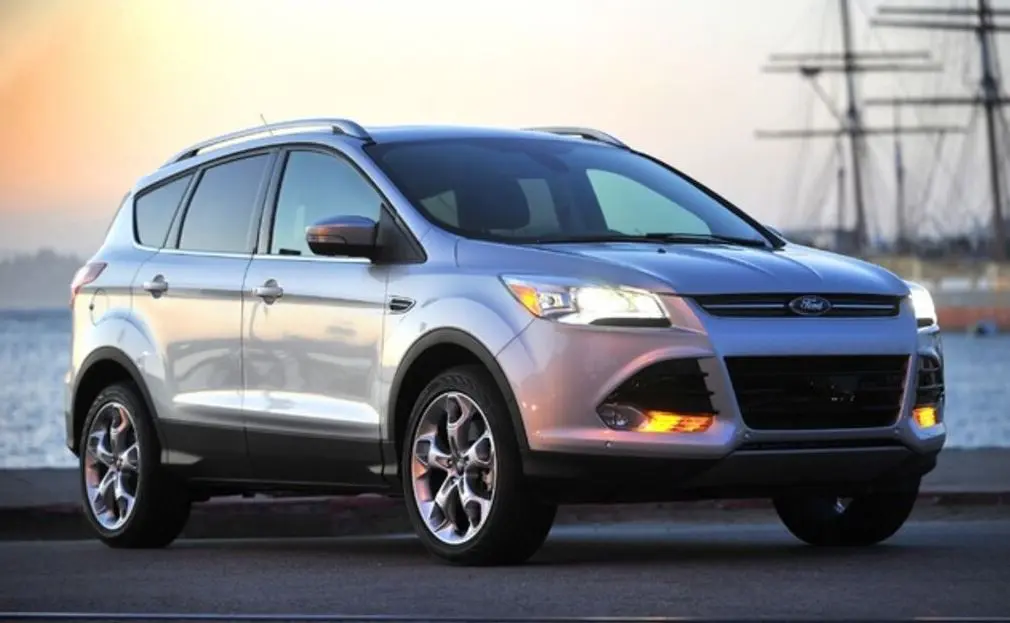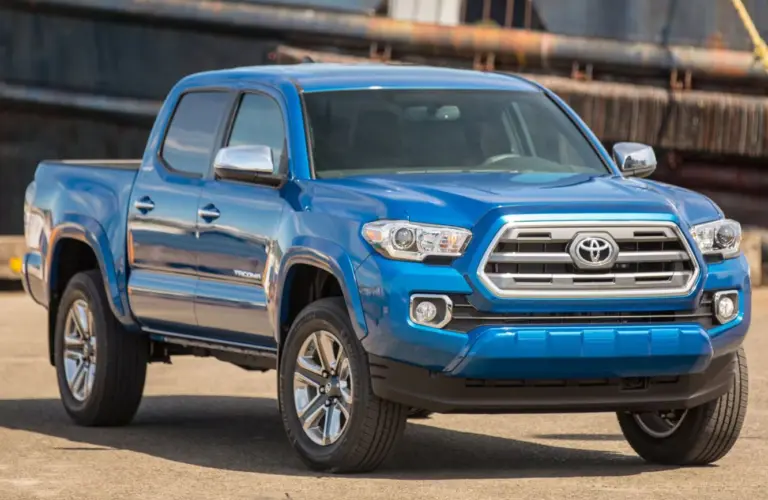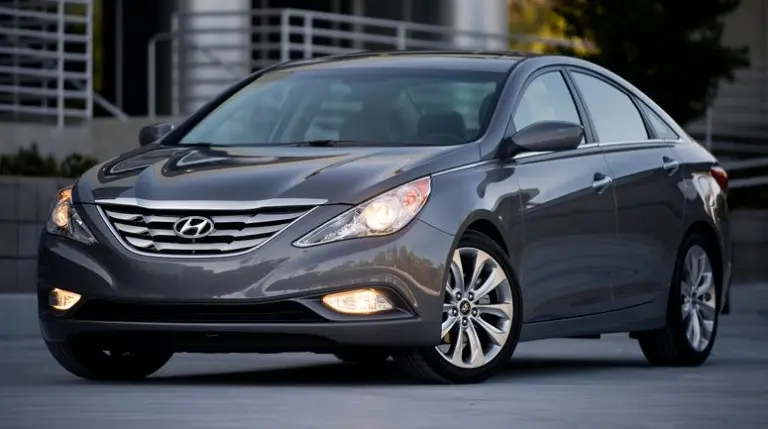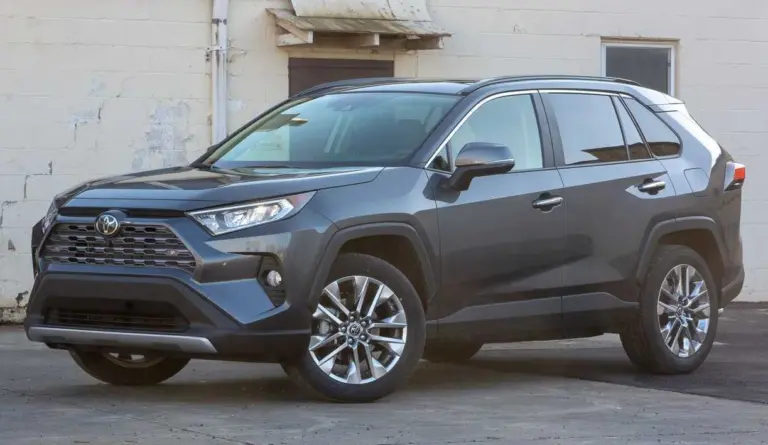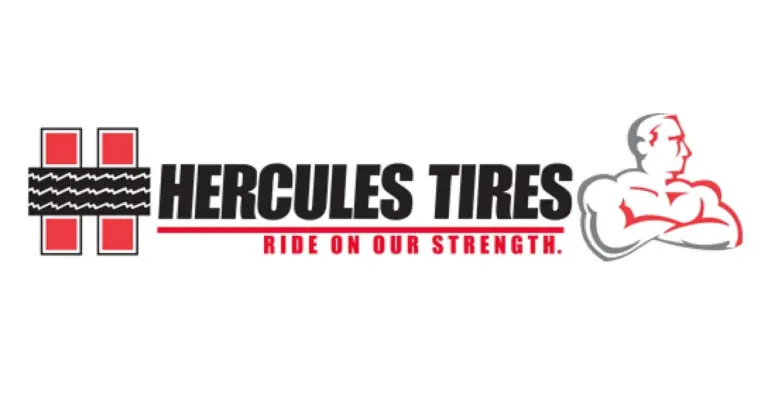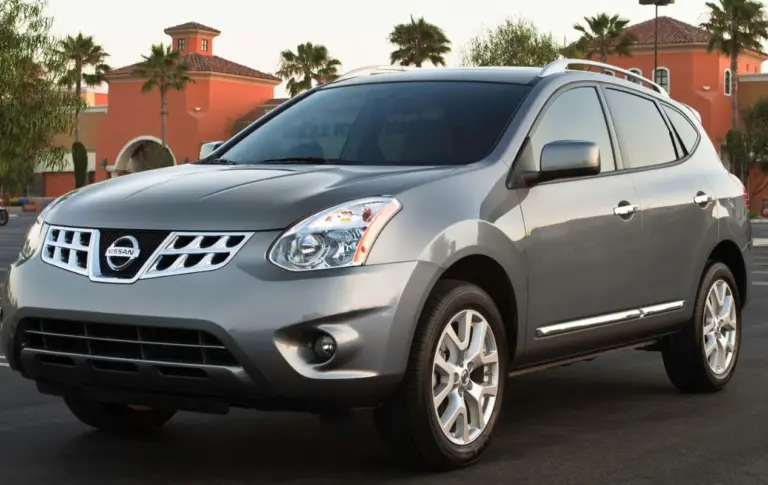Ford Escape Years to Avoid (Updated)
Are you considering purchasing a Ford Escape but unsure which model years to steer clear of? You’re not alone. The Ford Escape has been a popular compact SUV since its introduction in 2001, offering a blend of versatility, comfort, and fuel efficiency.
However, not all model years are created equal, and some have gained notoriety for their reliability issues and costly repairs.
Ford Escape Years to Avoid
When it comes to the Ford Escape, certain model years have earned a reputation for being particularly troublesome. Let’s take a closer look at these years and the issues that plague them:
| Model Year | Major Issues |
|---|---|
| 2005 | Severe rust problems, engine shutdowns, stuck gas pedal |
| 2008 | Power steering failures, transmission problems, rust issues |
| 2009 | Loud engine noises, air and water leaks, axle-bushing malfunctions |
| 2013 | Engine fires, coolant leaks, transmission problems, electrical issues |
| 2014 | Engine stalling, transmission failures, electrical system malfunctions |
2005 Ford Escape
The 2005 Ford Escape stands out as one of the most problematic years in the model’s history. Owners have reported several serious issues:
- Severe rust problems, particularly in the wheel wells and shock mounting points
- Engine shutdowns while driving, posing significant safety risks
- Gas pedal getting stuck, leading to potential accidents
These problems were not only dangerous but also expensive to repair. The rust issues, in particular, could compromise the vehicle’s structural integrity, making it a risky choice for used car buyers.
2008 Ford Escape
The 2008 model year marked the beginning of the second generation Escape, but it came with its own set of challenges:
- Power steering failures, often occurring without warning
- Transmission problems, including slipping gears and complete failures
- Persistent rust issues, affecting the vehicle’s longevity and resale value
The power steering failures were particularly concerning, as they made the vehicle difficult to control, especially at low speeds or when parking.
2009 Ford Escape
While the 2009 Escape didn’t suffer from the same transmission woes as its predecessor, it introduced new problems:
- Loud engine noises, indicating potential mechanical issues
- Air and water leaks, leading to interior damage and discomfort
- Axle-bushing malfunctions, affecting the vehicle’s handling and stability
These issues, while not as immediately dangerous as those in previous years, still contributed to a poor ownership experience and potentially costly repairs.
2013 Ford Escape
The 2013 model year, which introduced the third generation Escape, is widely regarded as one of the worst in the vehicle’s history:
- Engine fires due to coolant leaks in the 1.6-liter EcoBoost engine
- Transmission problems, including harsh shifting and slippage
- Electrical system issues, affecting various vehicle functions
The engine fire risk was so severe that Ford issued multiple recalls for this model year. The combination of these problems made the 2013 Escape a particularly risky choice for used car buyers.
2014 Ford Escape
Unfortunately, the 2014 model didn’t fare much better than its predecessor:
- Engine stalling and sudden loss of power while driving
- Transmission failures, often requiring expensive repairs or replacements
- Electrical system malfunctions, affecting the infotainment system and other components
These issues not only made the 2014 Escape unreliable but also potentially dangerous, especially when engine stalling occurred at highway speeds.
Common Problems Across these Model Years
While each of the problematic Ford Escape years had its unique issues, some problems were common across multiple model years:
Transmission Issues
Transmission problems were a recurring theme, especially in the 2008, 2013, and 2014 models. These issues ranged from minor shifting problems to complete transmission failures, often resulting in expensive repairs or replacements.
Engine Problems
Engine-related issues were prevalent in several model years, particularly in the 2013 and 2014 Escapes with the 1.6-liter EcoBoost engine. These problems included coolant leaks, overheating, and in some cases, engine fires.
Electrical System Malfunctions
Many of the problematic years suffered from electrical system issues. These ranged from minor annoyances like malfunctioning infotainment systems to more serious problems affecting the vehicle’s safety features.
Rust and Corrosion
Rust was a significant issue in earlier models, particularly the 2005 and 2008 Escapes. This problem not only affected the vehicle’s appearance but could also compromise its structural integrity over time.
Frequently Asked Questions (F.A.Q)
Q1. Which Ford Escape years are the most reliable?
While we’ve focused on the years to avoid, it’s worth noting that many Ford Escape model years have performed well. The 2010, 2012, and 2019 models are generally considered more reliable, with fewer reported issues and higher owner satisfaction ratings.
Q2. How much does it typically cost to repair the common issues in problematic Ford Escape years?
Repair costs can vary widely depending on the specific issue and your location. However, here are some rough estimates:
- Transmission repairs or replacements: $3,000 – $4,500
- Engine repairs (for coolant leaks or overheating): $1,000 – $3,000
- Electrical system repairs: $500 – $2,000
- Rust repair (depending on severity): $1,000 – $5,000
Q3. Are there any recalls for these problematic Ford Escape years?
Yes, several of these model years have been subject to recalls. The 2013 Escape, in particular, had multiple recalls related to engine fires and fuel system issues. It’s crucial to check if all recall work has been completed when considering a used Ford Escape.
Q4. Has Ford addressed these issues in newer Escape models?
Ford has made efforts to address many of these issues in newer models. Recent Escape generations have shown improvements in reliability and have fewer reported problems. However, it’s always wise to research the specific year and model you’re interested in before making a purchase.
Wrapping Up
When shopping for a used Ford Escape, it’s crucial to be aware of the model years that have shown significant reliability issues. The 2005, 2008, 2009, 2013, and 2014 models stand out as years to approach with caution due to their history of mechanical, electrical, and structural problems.

